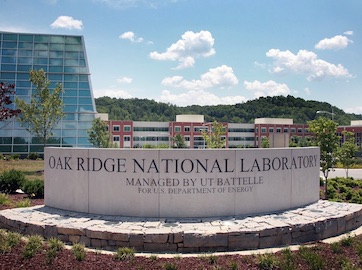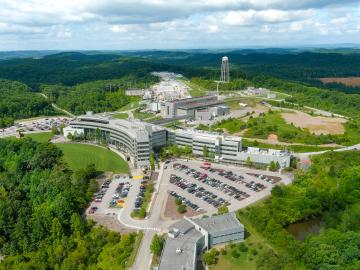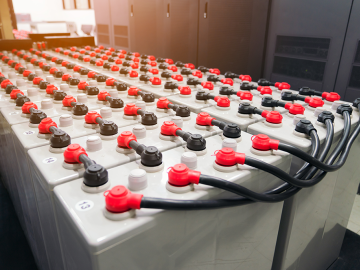Filter Results
Related Organization
- Biological and Environmental Systems Science Directorate (29)
- Computing and Computational Sciences Directorate (39)
- Energy Science and Technology Directorate
(229)
- Fusion and Fission Energy and Science Directorate (24)
- Information Technology Services Directorate (3)
- Isotope Science and Enrichment Directorate (7)
- National Security Sciences Directorate (20)
- Neutron Sciences Directorate (11)
- Physical Sciences Directorate
(138)
- User Facilities (28)
Researcher
- Ilias Belharouak
- Lawrence {Larry} M Anovitz
- Ali Abouimrane
- Ruhul Amin
- Alexander I Kolesnikov
- Alexei P Sokolov
- Andrew G Stack
- Bekki Mills
- David L Wood III
- Georgios Polyzos
- Hongbin Sun
- Jaswinder Sharma
- John Wenzel
- Juliane Weber
- Junbin Choi
- Keju An
- Lu Yu
- Mark Loguillo
- Marm Dixit
- Matthew B Stone
- Peng Yang
- Pradeep Ramuhalli
- Sai Krishna Reddy Adapa
- Shannon M Mahurin
- Tao Hong
- Tomonori Saito
- Victor Fanelli
- Yaocai Bai
- Zhijia Du

CO2 capture by mineral looping, either using calcium or magnesium precursors requires that the materials be calcined after CO2 is captured from the atmosphere. This separates the CO2 for later sequestration and returned the starting material to its original state.

The ORNL invention addresses the challenge of poor mechanical properties of dry processed electrodes, improves their electrical properties, while improving their electrochemical performance.

Neutron scattering experiments cover a large temperature range in which experimenters want to test their samples.

Mineral looping is a promising method for direct air capture of CO2. However, reduction of sorbent reactivity after each loop is likely to be significant problems for mineral looping by MgO.

Neutron beams are used around the world to study materials for various purposes.

ORNL has developed a new hydrothermal synthesis route to generate high quality battery cathode precursors. The new route offers excellent compositional control, homogenous spherical morphologies, and an ammonia-free co-precipitation process.

Sodium-ion batteries are a promising candidate to replace lithium-ion batteries for large-scale energy storage system because of their cost and safety benefits.

Knowing the state of charge of lithium-ion batteries, used to power applications from electric vehicles to medical diagnostic equipment, is critical for long-term battery operation.

